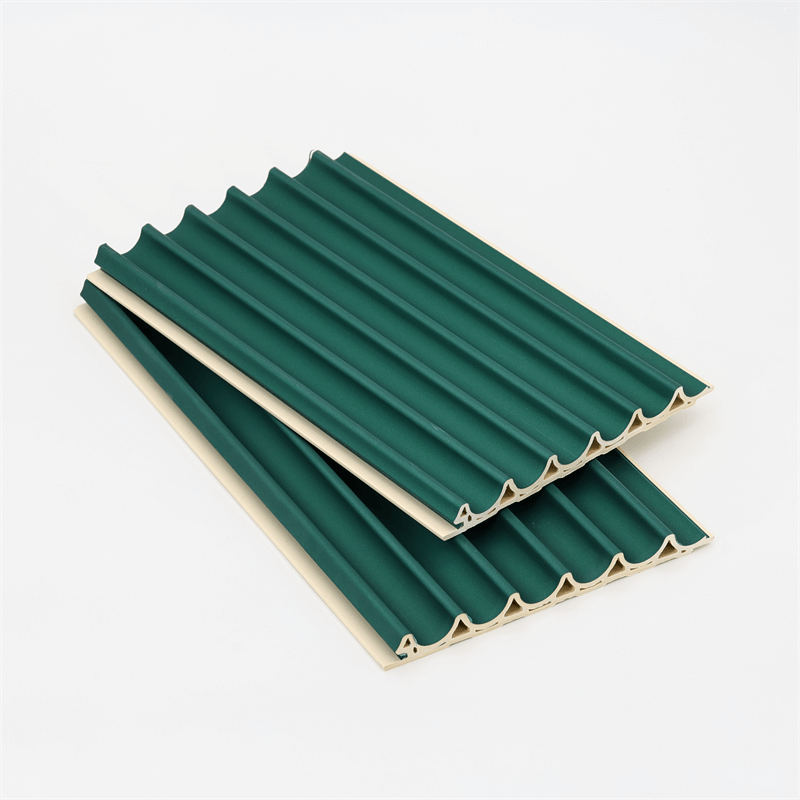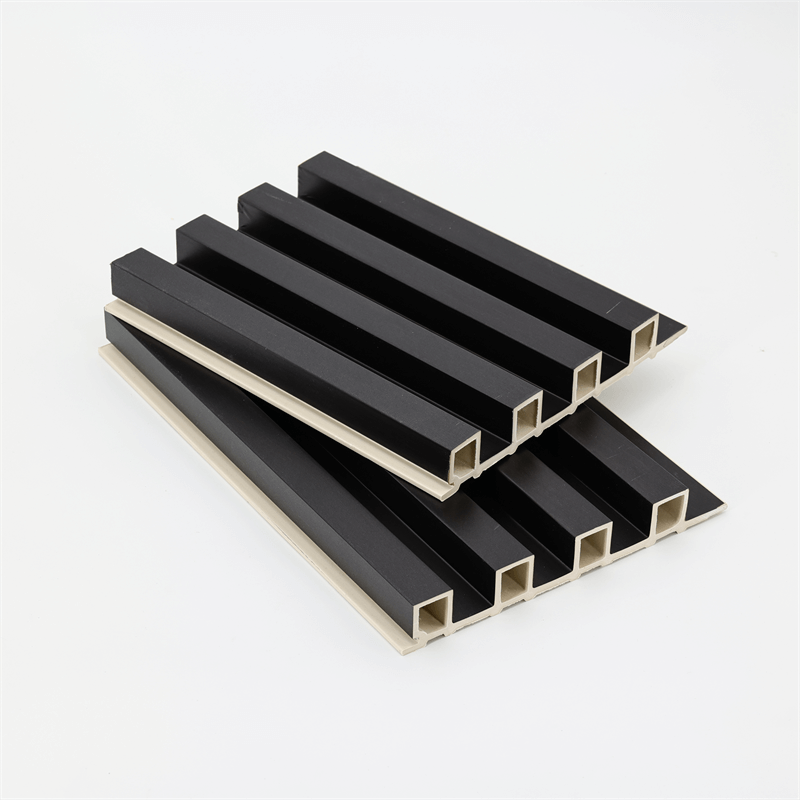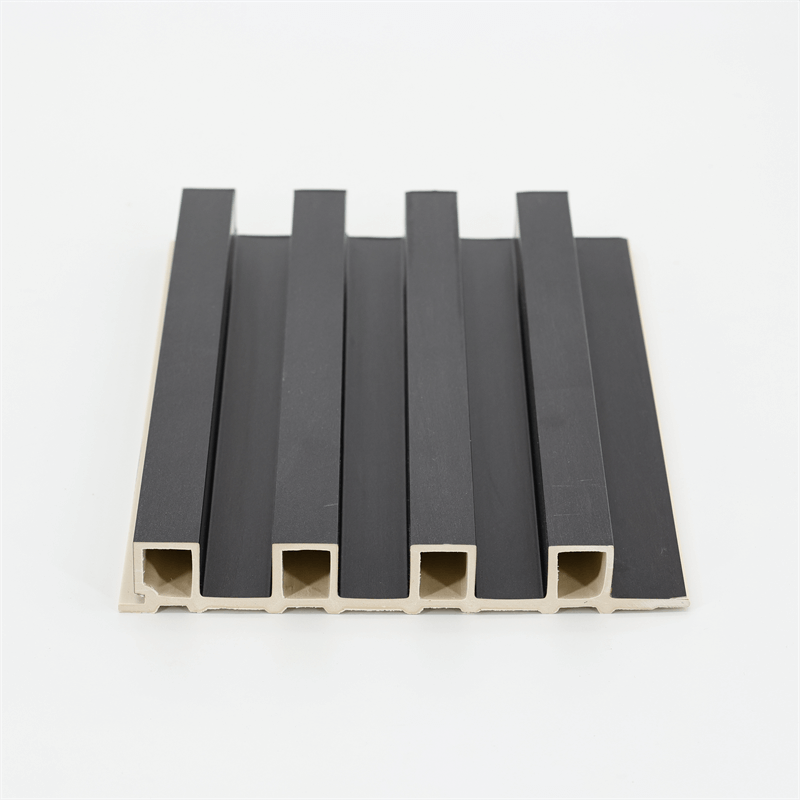In the pursuit of sustainable design practices, the construction industry has witnessed a remarkable shift towards eco-friendly materials.
One such innovation that has gained prominence is the use of Wood-Plastic Composite (WPC) wall panels.
These panels offer a unique combination of sustainability and style, making them a popular choice for architects, designers, and homeowners.
This essay explores the role of WPC wall panels in contributing to eco-friendly design.
It delves into the environmental benefits of WPC panels, their aesthetic appeal, their versatility in design applications, and their impact on promoting sustainable construction practices.
I. Environmental Benefits of WPC Wall Panels:
WPC wall panels provide significant environmental advantages compared to traditional materials.
Firstly, these panels are predominantly composed of recycled wood fibers and plastic materials, reducing the demand for virgin resources and diverting waste from landfills.
By utilizing recycled materials, WPC panels contribute to the principles of the circular economy and support a more sustainable approach to construction.
Additionally, the production process of WPC panels consumes less energy and emits fewer greenhouse gases compared to conventional materials, further reducing their environmental footprint.
II. Aesthetic Appeal of WPC Wall Panels:
Beyond their environmental benefits, WPC wall panels offer a wide range of aesthetic possibilities.
These panels can be designed to mimic the appearance of natural materials, such as wood or stone, while offering enhanced durability and longevity.
With advances in manufacturing techniques, WPC panels now exhibit realistic textures, colors, and patterns, providing an array of design options to suit various architectural styles.
Whether seeking a contemporary, rustic, or traditional look, WPC panels offer a sustainable solution without compromising on visual appeal.
III. Versatility in Design Applications:
WPC wall panels demonstrate versatility in their design applications, making them suitable for diverse construction projects.
These panels can be used both indoors and outdoors, offering seamless continuity in design. They are suitable for interior accent walls, exterior cladding, and even decorative purposes.
The lightweight nature of WPC panels simplifies installation and allows for creative design solutions.
They can be easily cut, shaped, and customized to fit specific design requirements, enabling architects and designers to push boundaries and explore innovative ideas.
IV. Promoting Sustainable Construction Practices:
The adoption of WPC wall panels contributes to the promotion of sustainable construction practices in multiple ways.
Firstly, their eco-friendly composition reduces the depletion of natural resources and minimizes waste generation.
The use of recycled materials in their production process aligns with the principles of a circular economy and waste reduction.
Secondly, the enhanced durability and low maintenance requirements of WPC panels ensure a longer lifespan, reducing the need for frequent replacements and conserving resources.
This longevity, combined with their resistance to moisture and decay, contributes to sustainable building practices by minimizing material waste over time.
The utilization of Wood-Plastic Composite (WPC) wall panels represents a significant step towards sustainable design in the construction industry.
These panels offer a compelling combination of environmental benefits, aesthetic appeal, versatility in design applications, and promotion of sustainable construction practices.
By utilizing recycled materials, conserving resources, and reducing waste generation, WPC panels contribute to the principles of the circular economy and support a more sustainable approach to construction.
Additionally, their realistic textures, colors, and patterns offer architects and designers a plethora of options to create visually stunning spaces.
As the demand for eco-friendly design solutions grows, WPC wall panels are poised to play an increasingly important role in shaping the future of sustainable construction practices.
With their remarkable blend of sustainability and style, WPC panels demonstrate that it is possible to achieve both environmental consciousness and aesthetic excellence in architectural design.

In conclusion, Wood-Plastic Composite (WPC) wall panels have emerged as a sustainable and stylish solution in the realm of eco-friendly design.
These panels not only offer significant environmental benefits but also provide versatility in design applications, aesthetic appeal, and promote sustainable construction practices.
The environmental benefits of WPC wall panels lie in their composition, predominantly utilizing recycled wood fibers and plastic materials.
By reducing the demand for virgin resources and diverting waste from landfills, WPC panels support the principles of the circular economy and contribute to a more sustainable construction industry.
Furthermore, their production process consumes less energy and emits fewer greenhouse gases, making them a greener alternative to conventional materials.
Beyond their environmental advantages, WPC wall panels offer a wide range of aesthetic possibilities.
With realistic textures, colors, and patterns that can mimic the look of natural materials, these panels provide architects and designers with creative design options.
From contemporary to traditional styles, WPC panels seamlessly blend sustainability with visual appeal, allowing for the creation of visually stunning spaces.
The versatility of WPC wall panels extends to their design applications. Suitable for both interior and exterior use, these panels can be utilized for accent walls, cladding, and decorative purposes.
Their lightweight nature facilitates easy installation and enables architects and designers to explore innovative ideas and push the boundaries of design.
In addition to their environmental benefits and aesthetic appeal, WPC wall panels contribute to sustainable construction practices by promoting longevity and low maintenance requirements.
Their enhanced durability and resistance to moisture and decay result in a longer lifespan, reducing the need for frequent replacements and minimizing material waste over time.
This not only conserves resources but also reduces the overall environmental impact of construction projects.
As the construction industry continues to prioritize sustainability and eco-friendly design, WPC wall panels are poised to play a significant role.
Their ability to combine sustainability, versatility, and aesthetic excellence makes them a compelling choice for architects, designers, and homeowners seeking sustainable and stylish solutions.
By incorporating WPC panels into construction projects, we can contribute to a more sustainable future while creating beautiful, functional, and environmentally conscious spaces.
In conclusion, the integration of Wood-Plastic Composite wall panels in eco-friendly design showcases the industry’s commitment to sustainable construction practices.
The combination of their environmental benefits, aesthetic appeal, versatility in design applications, and promotion of sustainable construction practices positions WPC panels as a sustainable style solution.
With their ability to harmoniously blend sustainability and style, WPC wall panels prove that eco-friendly design can be achieved without compromising on visual excellence.
As the demand for sustainable building materials continues to rise, WPC panels stand as a testament to the potential of sustainable design in shaping a greener and more aesthetically pleasing future in the construction industry.


